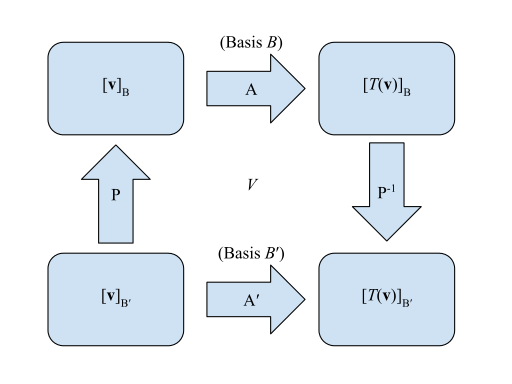



Property 3 says that Y (codomain) must be contained in the range of this map, and hence the map is surjective, or onto. No element of Y may be paired with more than one element of X. No element of X may be paired with more than one element of Y,Įach element of Y must be paired with at least one element of X, and Wikipedia definition of a bijection is as follows:įor a pairing between X and Y (where Y need not be different from X) to be a bijection, four properties must hold:Įach element of X must be paired with at least one element of Y, So I think the two words mean just the same thing. When I searched for "1-1 correspondence" on Wikipedia, I got redirected to the " bijection" page. Onto function means Range of the function should belong to the co- domain of the function, which is a key point of the onto function.I've got some confusion about the definition of a 1-1 map. We can verify whether any function is one-one by finding derivation of the function on $f\left( x \right)$ as well, If $f\left( x \right)>0$ only or $f'\left( x \right)<0$ only for the given domain then $f\left( x \right)$ is one-one, otherwise $f\left( x \right)$ will not be one-one. So, don’t confuse with the examples given in the problem, there are other examples as well. So, it can be another way as well.There are infinite examples of the functions asked in the problem. Note: Another approach to get any function to be one, we can use graphical approach, means draw the curve $y=f\left( x \right)$ as supposed in all the four option, if a line parallel to x cutting the graph at two or more points, then it will not be one-one. So, the function $f:N\to N$, given by $f\left( 1 \right)=f\left( 2 \right)=1$ is not one-one but onto. Here, y is a natural number for every ‘y’, there is a value of x which is a natural number. Let $f\left( x \right)=y$, such that $y\in N$. Since, different elements 1 and 2 have the same image ‘1’. (iv) Let the function $f:N\to N$, given by $f\left( 1 \right)=f\left( 2 \right)=1$ Mathematically, one-one is given for any function $f\left( x \right)$ as if $f\left( $ is not one-one and not onto as well for $x:R\to R$. mapping of elements of range and domain are unique. Hint:One-one function means every domain has distinct range i.e.


 0 kommentar(er)
0 kommentar(er)
